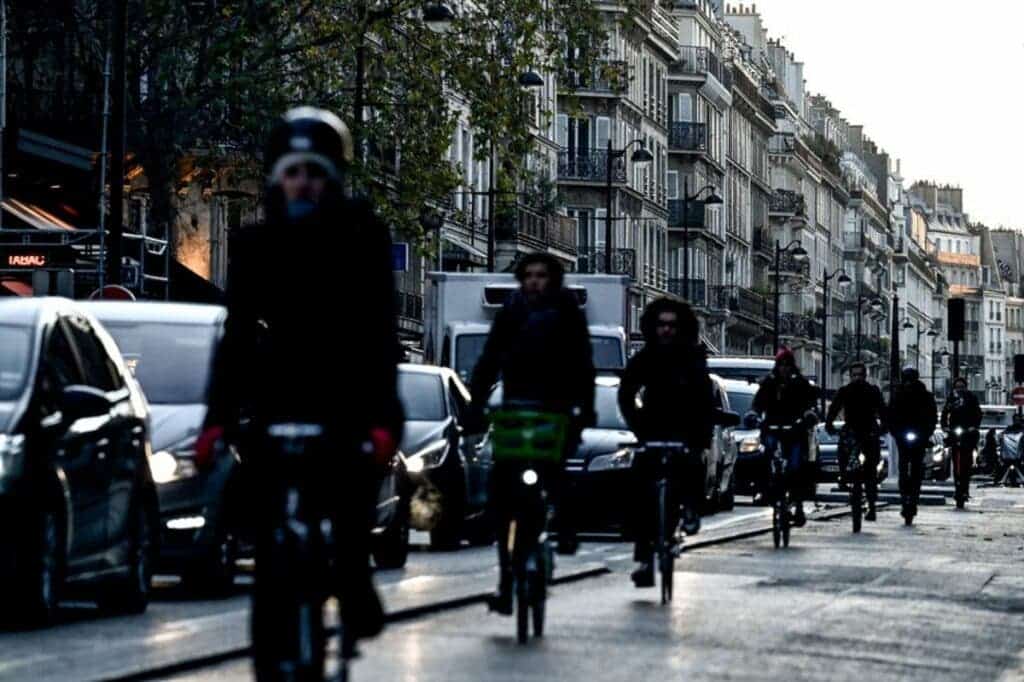An international coalition of mayors focused on sustainable development want the world to re-think the way cities function once the coronavirus pandemic is over.
We should be able to meet all our recreational and work needs within a 15-minute walk or bike ride from home, they say.

The C40 Cities is an international group of mayors and municipality leaders focused on fighting climate change and promoting sustainable development The group recently published a plan for a green and just recovery after the pandemic and recommended.
They call it “15-minute cities.”
The term was coined by Professor Carlos Moreno, who studies innovation and sustainability in urban areas. Moreno’s recent research focuses on how city dwellers’ use of time could be reorganized to improve both living conditions and the environment. Moreno argued that the daily urban necessities should be a 15-minute reach on foot or bike, including work, hope, shops, education and healthcare.
The first mayor to actually apply it has been Anne Hidalgo, the mayor of Paris, who has worked on pedestrian infrastructure and car-free transit. Hidalgo even made the concept of a 15-minute city in the center of her recent reelection campaign. Following such a model would help cities rebuild areas hard-hit by the pandemic and guarantee jobs and city services for all, the C40 argued in its letter.
“Fifteen-minute cities, micromobility, and more space for walking and biking are innovative solutions that will help our cities rebuild and restore our economy while protecting lives and cutting dangerous pollution,” Carol M. Browner, former EPA administrator and board chair of the League of Conservation Voters, said in a press statement supporting the agenda.
Despite the name being coined by Moreno, this is actually not a new concept. Several planning philosophies such as the New Urbanism have been asking for a more walkable development for decades, but not much has improved over the years — with a few exceptions, such as Paris. But now, with reduced traffic from the pandemic and the C40’s call for a 15-minute city, it might be the right context to push the idea even harder.
“Even though it seems difficult to replicate, it’s the right way to go,” Dario Hidalgo, the senior mobility researcher for the World Resource Institute (WRI), told Bloomberg. “Walking and cycling present huge opportunities for small businesses in the neighborhood to thrive. It’s not just the reduction of emissions.”
Amid the pandemic, many cities around the world have taken advantage of the lockdowns to start car-free infrastructure projects. In Italy, the city of Milan added 35 kilometers (22 miles) of bike lanes downtown and will pedestrianize several school streets. In Canada, the city of Ottawa announced plans for 15-minute neighborhoods, while Tallinn, Estonia, is building a green corridor through neighborhoods.
Still, Paris remains the flagship of this new approach. The city installed a set of cycleways amid the pandemic to reduce transit crowding and prevent traffic to grow when the businesses reopened. This added to the actions previously taken by Hidalgo as part of her 15-minute city model.
But whether the actions implemented in Paris can be easily translated into other cities remains to be seen, as Paris has always been relatively easy to travel by foot. For Hidalgo, the WRI researcher, cities need to “bring activities to the neighborhoods and not people to the activities,” asking to “decentralize urban life.”


